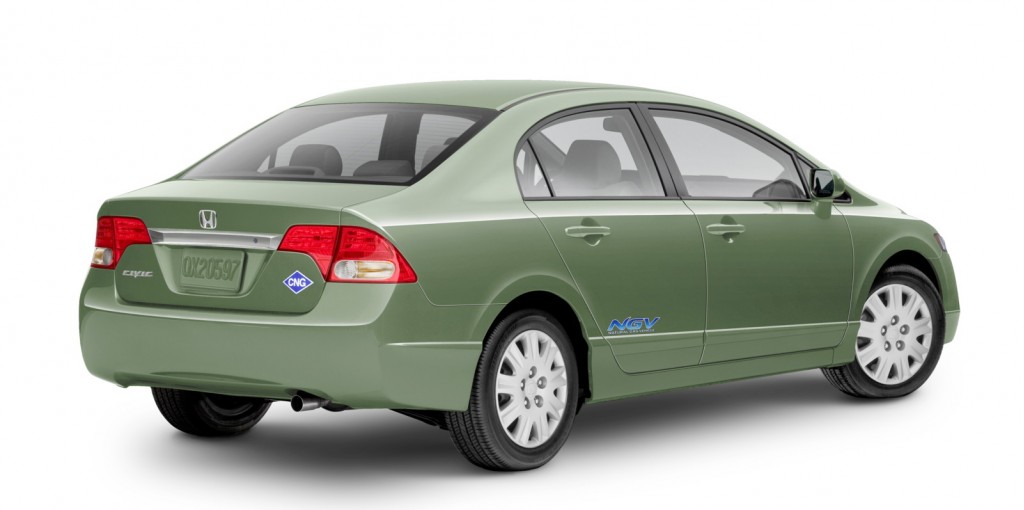Sadly, they're not actually orange. Nor do they smell like citrus when they get hot. But by infusing orange oil into natural rubber, a new line of tires from Yokohama cuts four-fifths of the petroleum needed to manufacture a tire.
They lower rolling resistance too, meaning better fuel efficiency.
Subcompacts and fuel cells and hybrids, oh my
Yokohama is initially offering its dB Super E-Spec lines of tires in four different sizes for both 15-inch and 16-inch wheels, to fit smaller vehicles. The company names one subcompact, four hybrids, a natural-gas vehicle, even one hydrogen fuel-cell car, as well as "many others."
The hybrids are the Toyota Prius and Camry Hybrid, the Honda Civic Hybrid, and the now-discontinued Honda Accord Hybrid. Honda has both the natural-gas vehicle--its Civic GX model--and the fuel-cell car, the Honda FCX Clarity. The subcompact is the Nissan Versa.

Angular Front Exterior View - 2010 Toyota Prius 5dr HB II (Natl)

2009 Honda Civic GX

2010 Porsche 911 GT3 Cup Race Car

porsche gt3 cup03 1
Lower rolling resistance and lighter
The dB Super E-spec line also reduces rolling resistance up to 20 percent even over the low-resistance tires fitted to the Toyota Prius and other hybrids. And it's two pounds lighter as well, reducing unsprung weight, which improves the ride of any car.
And its inner liner allows less air to escape--1 to 3 percent a month, versus 3 to 5 percent on standard tires--meaning the tires stay inflated longer. As then-presidential candidate Barack Obama famously pointed out, if every U.S. vehicle had its tires properly inflated, enough oil could be saved to make his rival's proposed increase in offshore drilling unnecessary.
OJ discards
As Yokohama notes, since vulcanized rubber was invented in 1844 by Charles Goodyear, tires have mostly been made of rubber, petroleum, and other substances that reduce both the natural stickines of the rubber and its brittle natural when cold.
To make its new tire, Yokohama adds orange oil that is extracted from peels discarded by orange-juice manufacturers. In fact, 80 percent of the materials in the new tire are based on something other than petroleum, a majority of it from renewable resources.
From Porsche GT3 Cup to your car
Yokohama's racing engineers originally came up with the idea of combining orange-peel oil with natural rubber. The same technology is used on the tires provided for the cars competing in the Porsche GT3 Cup.
Under cornering, the orange oil heats up and interacts with the rubber, making the tires hotter and grippier. The tires wear the same as standard tires, though an Automotive News reviewer called them "a little more prone to squeal and howl under duress."
The company first put the tires on sale in July, after showing them at last year's SEMA trade show. Currently, the Yokohama dB Super E-spec tire costs roughly 30 percent more than a typical aftermarket tire.
[Automotive News (subscription required), Yokohama Tires]













